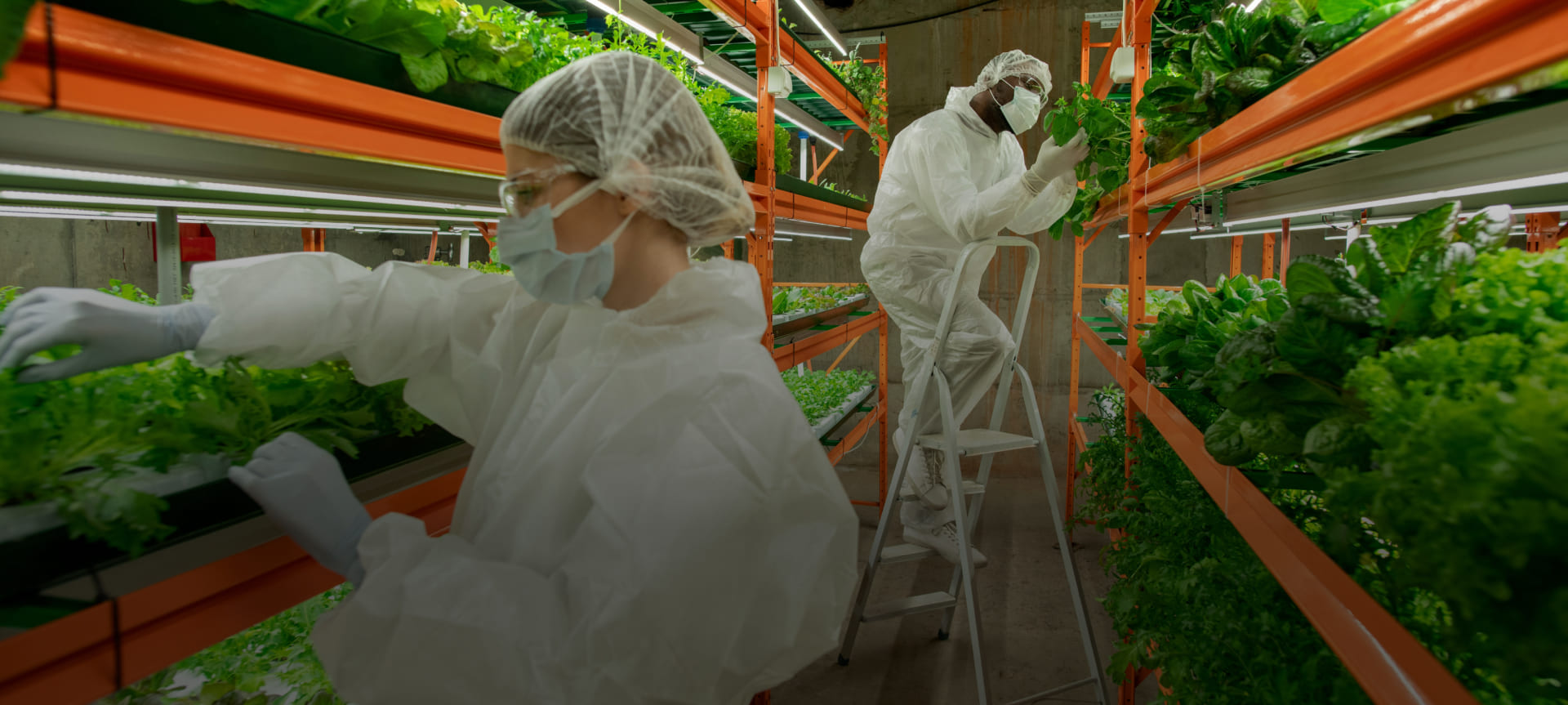Slugs and snails
Slugs and snails – an overview:
This page provides an overview of slugs and snails. The related tools listed at the end of the page provided detailed information about their management. Slugs and snails are major pests in most horticultural crops. They are invertebrate pests. Both of them are similar in structure and biology, except that snails have an external, spiral shell which is absent in slugs. Once established, the pest can survive in the soil between crops unless the lifecycle is broken.
There are several types of snails:
- Common garden snail: Brown with alternating dark and light brown bands. The fully grown shell is 25 mm or more in diameter.
- White snail: White, often with fine brown concentric lines of varying intensity, and may be from 12 to 20 mm in diameter. In late spring, white snails climb up plants, posts, fences, and other vertical surfaces to escape the heat.
- Green snail: Shells are about 15 to 25 mm in diameter with a white body. In spring, green snails burrow underground 25 to 150 mm and spend the dry summer months in an inactive state.
Active throughout the year, slugs usually cause trouble whenever the temperature and moisture conditions are favourable. Damp, mild, and calm conditions are optimal for slug activity, with moist shady places providing the perfect habitats for this pest type. Slugs thrive in heavier soil, surviving summer in cracks and under clods; they do not survive well in fine, light or compacted soils.
Damage to crops:
Slugs usually feed above and below the soil surface, damaging seeds, shoots, and roots. In some of crops, the main problem time is at planting, while in others, problems occur during the growing season and/or at harvest. They feed on a range of living plants and decaying plant matter, chewing irregular holes with smooth edges in leaves, and clipping succulent plant parts.
A good way to identify the presence of slugs and snails is to look for silvery trails and plant damage – slugs and snails glide on a muscular foot that constantly secretes mucus, which later dries to form the silvery ‘slime trail’ that signals their presence. Slugs and snails primarily damage ground crops such as brassicas, lettuce, tomatoes, potatoes, and Chinese broccoli. Damage to seedlings usually leads to major losses following the death of plants.
Factors conducive to infestation:
A nearby crop, weedy or grassy areas such as headlands could be a source of slugs and snails
Long grass in drains
Wet areas from leaking irrigation
Following a pasture crop
Minimum tillage
Wet, moist weather
Management
Control of slugs and snails is best achieved by adopting effective Integrated Pest Management (IPM) strategies. The first step in any slugs and snails control program should be the use of sampling methods to determine the numbers and the species present. Sampling will also help to identify the hot spots within paddocks and provide knowledge of slug and snail life-cycles.
| Cultural practices | Biological control | Chemical control | Physical barriers |
|---|---|---|---|
| Reduce soil moisture (if practical and suitable); remove weeds that provide favourable habitats; deeper drilling of seeds; use trap crops to keep slugs and snails away; cultivate weed free strips between crop and headland to prevent migration; keep gully lines clean. | Birds, rats, frogs, and lizards feed on slugs and snails. Carabid beetles and native earwigs also feed on slugs. | Chemical baits are effective when used with cultural practices at those times when the populations have not reached damaging levels. Bait choice is important. Small, even sized pellets/granules will give a better coverage, increasing the likelihood of slugs and snails finding the baits | A protective border can be used to prevent the movement to crops. Lines of sawdust, ash, lime, and copper sulphate are effective barriers but efficacy is often reduced on wetting. |

